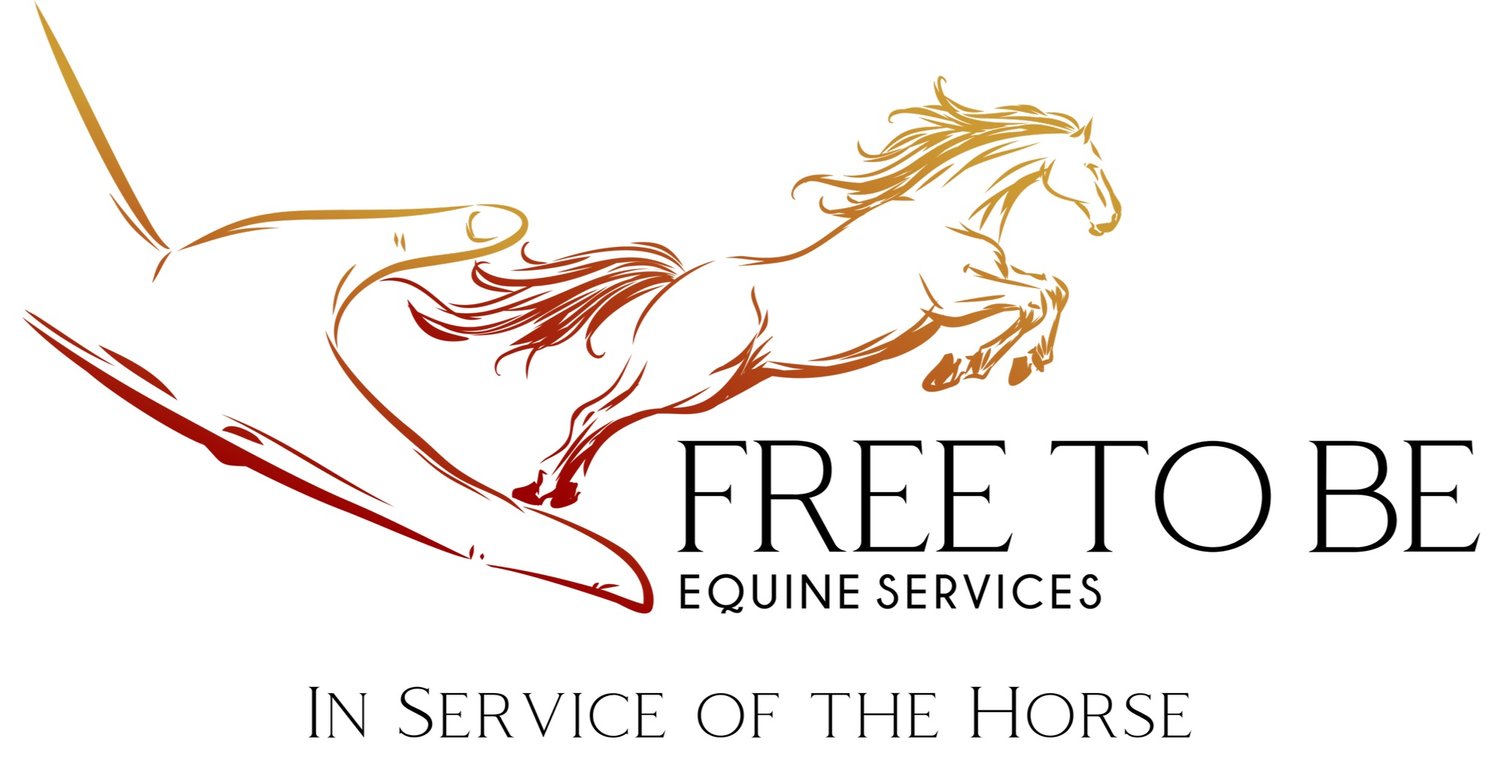There are many benefits to keeping your horse on an ongoing supportive wellness schedule. My service offerings are designed to be utilized regularly. But what are the reasons behind that?
How often I have a session with your horse depends on the horse’s individual needs, their lifestyle and workload, how much time you can dedicate to exercises and activities in between sessions, and your budget. I’m happy to discuss all of these factors with my clients at their appointments and make a plan that works for them.
It is important to realize that the nature of this work is gradual unwinding of imbalances and dysfunctions, and peeling back of layers of compensation in the musculoskeletal and nervous systems. As with any therapeutic modality, craniosacral and myofascial work can bring about fascial, muscular, and emotional releases for the horse which may result in revealing underlying compensations in the body. For that reason alone, it is crucial to understand the importance of consistency - both in equine wellness sessions themselves, and completing any “homework” discussed with the equine therapist at the session.
It can also be harmful to create too much change in one manual therapy session. This can not only overwhelm the nervous system, but can also remove compensations that the body actually needs in order to stay stable and protected when another area is weak or dysfunctional. Without due diligence, the body can be harmed by doing too much, too fast - and we know this can be the case with exercise, bodywork, nutrition, hoof care, etc! This is why sessions are designed to build upon each other. Assessment and application of techniques can be practiced in such a way that the root cause of any issues is identified, and any compensatory problems are addressed as they are revealed, without causing the horse discomfort or putting them over threshold.
Due to the biology and lifestyle of domestic horses, there are many other reasons to schedule equine therapy sessions regularly. Horses have dynamic bodies that are constantly adapting in response to their workload, their environment, and the passing of time (aging). Even if we perceive these things to be the same as they’ve always been, under the surface the body is still changing with any minor variation. Even something as seemingly simple as weather has an affect on the body. Horses can feel very different under my hands from month to month as these changes occur - and if a lot of time passes, they can feel like a completely different horse. By having my hands on your horse regularly, I can pick up on any adverse adaptations long before they turn into major pain, lameness, or affect performance under saddle. Noticing these changes early and notifying you as the horse’s guardian aids you in your decisions regarding anything from training methods, turnout, hoof balance, nutrition, tack fit, to veterinary care. All of these aspects of care have an effect on what is showing up in the body.
Identifying physical issues is never linear due to the body’s dynamic and adaptive qualities - especially when horses cannot communicate their pain and discomfort the same way that a human patient would. Driving the vast majority of the functions of the equine body and brain is survival. As prey animals, they are masters of disguise and compensation. Instinctually, they need to adapt to pain and dysfunction rapidly in order to keep up with the herd, and keep up appearances - they cannot appear weak or lame in front of a predator waiting to pick them off. This means that treating the musculoskeletal and nervous systems is much like peeling an onion. Each layer needs to be removed individually, revealing what is hiding underneath one by one. All is not revealed in one session. In addition, not every horse is immediately trusting of a new practitioner, and they may not be able to fully relax and participate in the session until a relationship is formed with the therapist.
Consistency is important, but it will not hurt your horse if you have to miss a session on occasion due to illness, an unexpected bill, or whatever else may come up. In specific situations, a break from regular bodywork is sometimes what’s needed in order to allow the body to regulate itself through functional movement after tension patterns have been released.
Always prioritize good nutrition and regular veterinary and farrier care, as neglect in these areas will only create additional physical issues for your horse. And of course, provide me with as much notice as possible if you need to reschedule an appointment!
The vast majority of my clients have horses that I visit regularly, and I can honestly say that I care for and treat them all like my own. I develop a unique relationship with the horses that I work with, and a deep sense of mutual trust, allowing them to be relaxed and vulnerable in my presence. Releasing tension becomes easier for them with every regular appointment, which is very satisfying to experience as an equine therapist!
Just like it is necessary to build up physical activity over time, trim hooves often to avoid abrupt changes in their balance, or start with small tasks to learn a new skill - such is the case with consistent, routine equine therapy.

